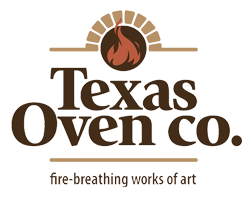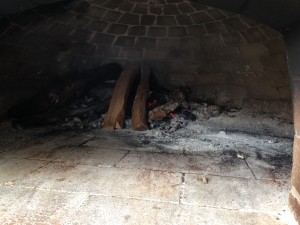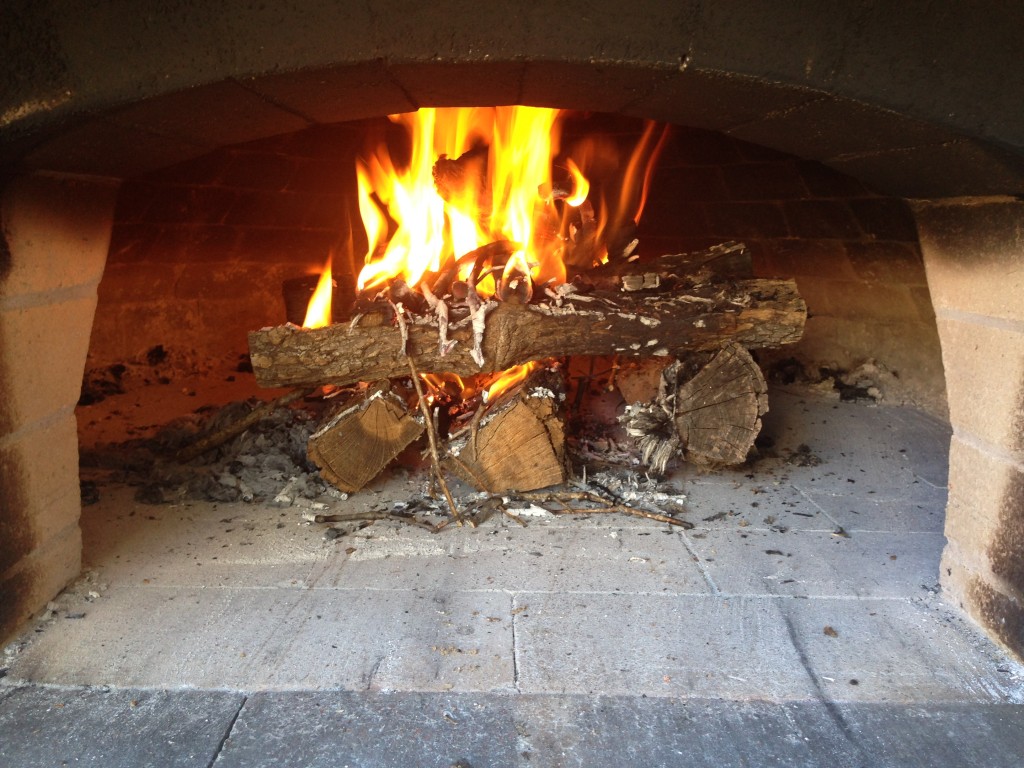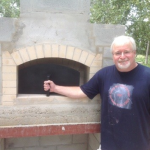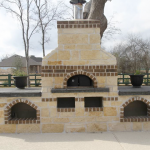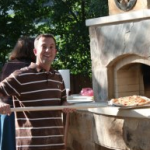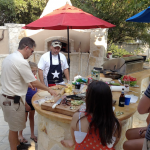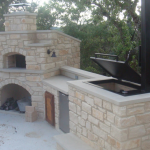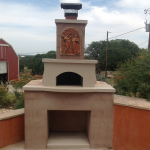Adding Wood to a Wood Burning Oven
Cooking in a wood-burning oven is fun. It can be as simple as putting some food near a fire or as involved as combining several cooking methods to create a sophisticated, layering of flavor. Mastering a few basic techniques will make cooking in your oven easy and enjoyable. Adding wood the right way protects your oven. Using the right technique for adding wood also makes it easier to manage the fire.
Fewer people today burn wood for fuel. Cooking and heating with wood was natural for our forefathers but can be challenging for today’s beginners. We covered beginning topics in previous blogs on burning properly seasoned wood and building an efficient starting fire. Once you have that efficient fire burning, it’s time to start adding wood.
I asked Sarah about the common mistakes people make when adding wood to a wood-fired oven. “Beyond trying to burn unseasoned wood, people make two common mistakes. They overload a fire before it is ready. They throw logs into the oven.”
Overloading
Novices overload a young fire by adding wood too soon which impedes air flow and can smother out the fire. While a fire is young, protect the air flow by adding wood only two or three small pieces at a time.
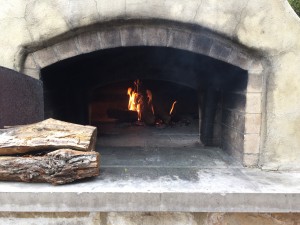
Keep the initial fire small. Add a few more pieces of double-split wood once the fire is established.
Adding wood in a criss-cross or tee-pee pattern maximizes good air flow and helps a fire get established. When the fire is burning heartily, add a larger piece of wood for a longer burn.
Throwing logs
“As oven builders, we cringe when we see anyone throwing logs into an wood-fired oven,” Sarah said, “because it can damage the oven vault.” When someone repeatedly throws wood against the wall of an oven it can crack a the dome of a refractory oven or knock loose bricks in a hand-crafted oven. Once you crack the refractory dome on a kit oven, you don’t have many options. Knocking loose bricks or mortar on a hand-built oven leads to repair. Best practice is adding wood directly atop the fire. “My favorite tool for adding wood to a fire is the long-handled steel restaurant paddle.”
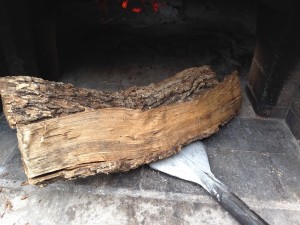
A long-handled stirring paddle has a narrow, sturdy face. Place a piece or two of wood on the paddle and lift it into the fire. Never throw wood against the wall of an oven.
Because the face of the steel paddle is about the size of your hand, it is the ideal size for manuevering logs inside a wood-fired oven. Use paddle to lift wood into the fire and lean it across the fire. Adding wood with a paddle protects the integrity of your oven and allows for good air flow.
By contrast, putting logs on the floor of the oven and shoving them back into the fire interrupts the physics of convection – one of the key benefits of cooking in a wood-fired oven.
In many ways cooking with fire is foolproof. You don’t need digitally precise temperature to roast, grill, sear or even bake. The best way to get comfortable coking in a wood-burning oven is to build a fire and put in some food. Just remember: don’t throw wood into the oven and chance damaging interior brick and mortar. Correctly adding wood will keep your oven in top shape. Get your oven checked annually and enjoy years of great food and entertaining.
